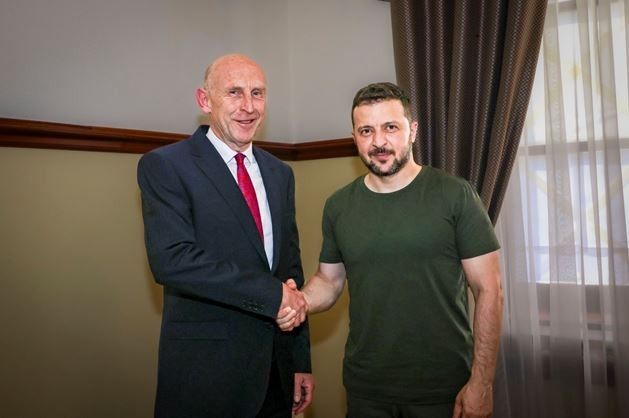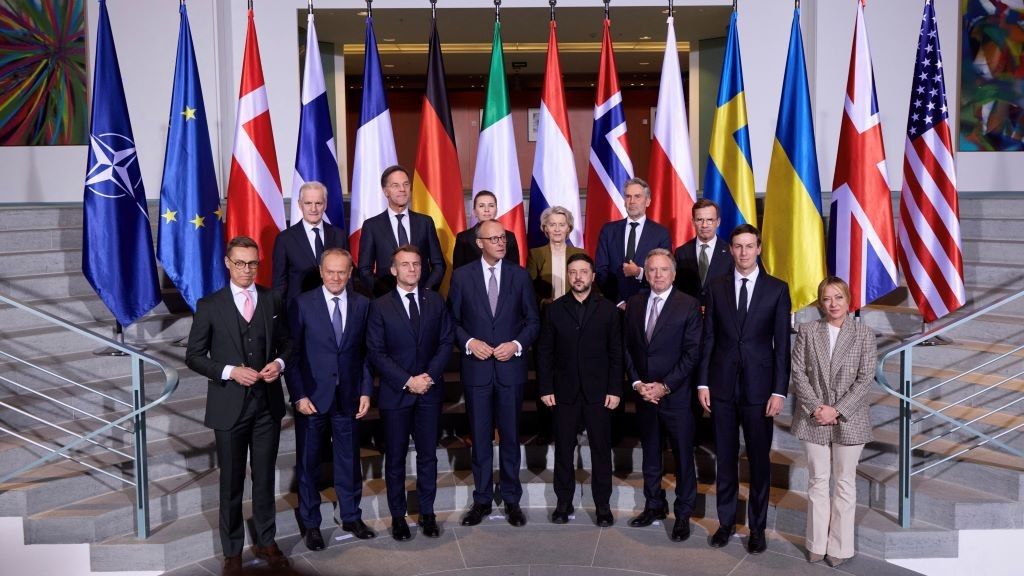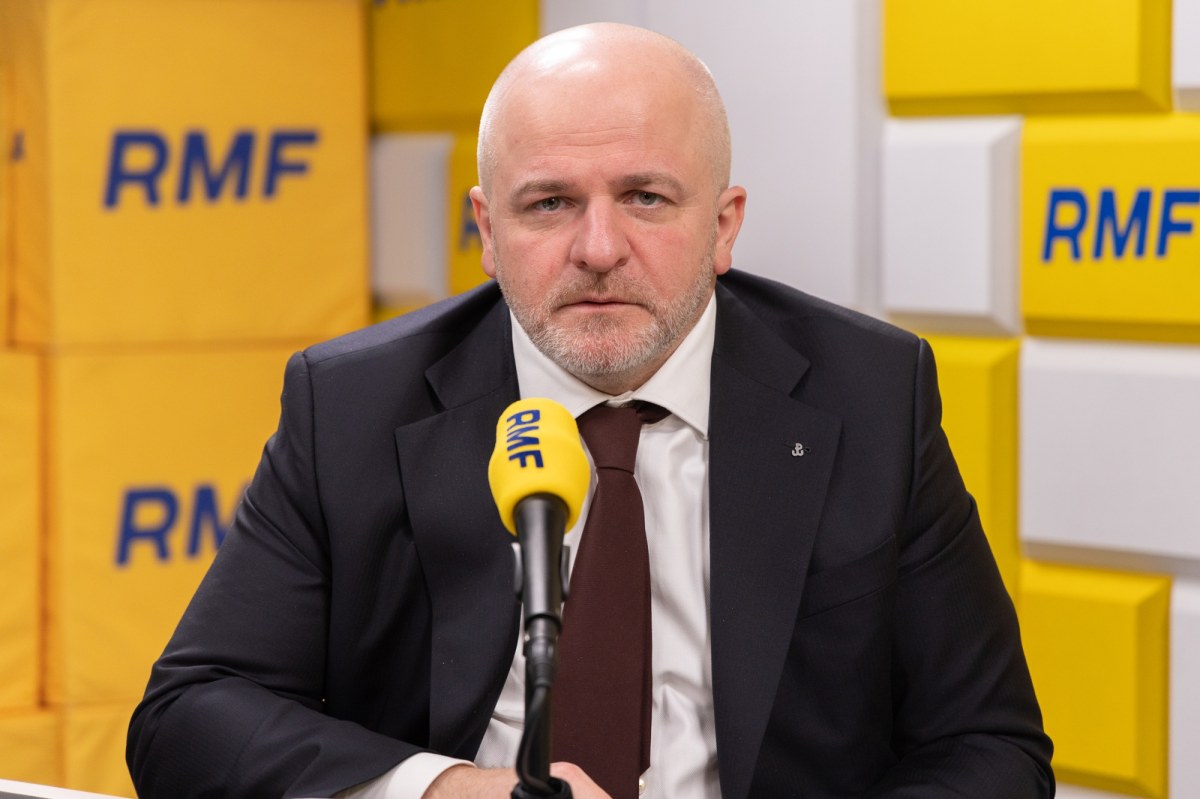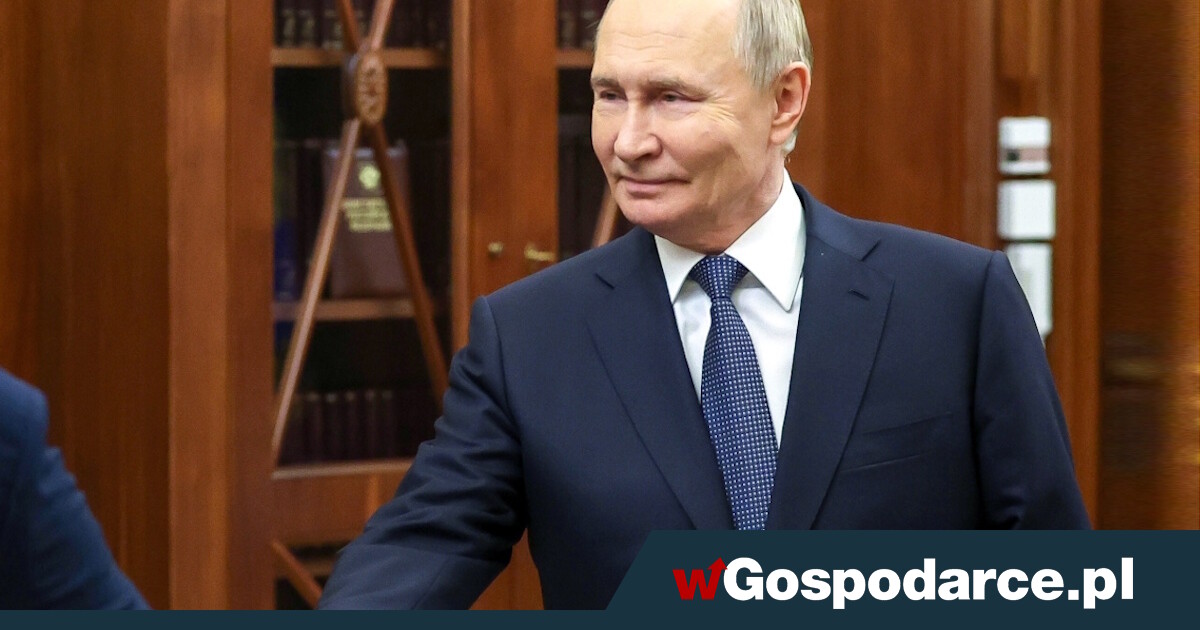Location of European support forces in Ukraine: political or military instrument?
From March under the aegis of France and the UK, there has been work of coalitions of willing – groups of European states and non-European partners – to prepare the concept of deploying Western support forces in Ukraine after the end of the war. This is another, to date, the most concrete phase of the debate on this subject which has been underway since autumn. The last gathering of this group took place on April 10 at NATO headquarters. Further plans are planned to consequence in presenting Donald Trump's administration with a comprehensive plan to send specified forces to warrant peace in Ukraine.
In the absence of any possible of ceasefire, which is simply a condition for the deployment of support forces, this mission, mainly European, seems improbable in the foreseeable future. Russia seeks to accomplish its maximumist objectives and is not curious in discontinuing its military activities. The U.S., on the another hand, is not willing to put force on Moscow, supply crucial military assistance to Kiev, which can change the situation on the front, and engage in supporting Europe.
So the coalition's actions are now politically important. The intention is to show the United States the subjectivity of European allies in their efforts to end the war, to emphasise the importance of maintaining Ukraine's sovereignty for the safety of the Old Continent, and to encourage the US administration to support specified a mission in the optimal script of ceasefire. In parallel to planning work, however, the group should focus primarily on sustaining and expanding military aid to Kiev in view of the advanced likelihood of the extinction of US arms supplies to it and further military action.
On the way to the coalition of the willing
As a consequence of the March meetings in Paris and London, a group of states were formed planning to deploy military forces in Ukraine after the ceasefire. The impetus for its creation was the fiasco of president Volodymyr Zelenski's visit to Washington and Ukrainian-American talks on 28 February. On the revision of Washington's policy towards Moscow and Kiev Europe, she responded by announcing maintaining military support for the last of these capitals and economical force on Russia, ensuring the sovereignty of Ukraine, as well as by preparing for the establishment of a stabilisation mission to halt the FR from resuming aggression (see IP/10/05). The fiasco of Zelenski's visit to the US and the European plan to end the war).
Concept of multinational support forces (multinational opposition force), which could be deployed in Ukraine, was discussed at subsequent meetings, including on 11 March in Paris at the level of chiefs of general staff of more than 30 countries. Working groups have besides begun to analyse global and logistical legal conditions, the principles of force usage and interoperability issues. On 10 April, more than 30 defence ministers and representatives of coalition countries were gathering in the NATO office in Brussels, attended by representatives of the Alliance, the EU and the defence minister of Ukraine. The majority of European NATO and EU members, Canada, Australia, fresh Zealand and Japan participate in this format.
In the coming weeks, individual countries are to find their strength and ability to participate in the operation or, in the case of those who do not want to send soldiers to Ukraine, logistical and satellite support and further military assistance to Kiev. According to the Prime Minister of large Britain, the coalition members have already made preliminary declarations on the anticipation of separating logistical elements, control and command as well as land, air and sea forces for a possible mission. Paris and London are announcing further meetings soon. The aim is to present Trump's squad with a comprehensive thought of support forces for Ukraine. This step would show that European allies are serious and coordinated about safety guarantees for Kiev and encourage the US administration to support this mission.
What form of support?
The forces generated by the coalition of the willing would hit Ukraine after the hot phase of the conflict ceased, i.e. after the ceasefire. According to United Kingdom Minister of Defence John Healey, they are designed as a warrant of its adherence first into the air domain (aircraft and ground-based air defence systems), then – maritime (speculates about the possible engagement of the Turkish Navy), and only at the final phase – land-based. The next task of the group is to plan to further strengthen Ukraine's military possible so that it is the main warrant of the sustainability of peace by deterring Moscow from resuming its military action.
Most of the countries participating in the meetings of the Volunteers' Coalition (e.g. Poland, Germany, Italy, Spain) do not presently plan to send soldiers, but express their desire to play a supporting function (Poland – on logistical issues). According to media reports, the size of a group of countries signaling readiness to deploy forces in Ukraine ranges from respective to several. Along with France and the United Kingdom, the Nordic, Baltic, Benelux, Canada and Turkey declare openness to the discussion of direct military engagement in its territory. A large part of the capitals are now observing the full process, waiting for a final decision on the nature of the American missions and guarantees that will find their participation.
Although the discussions are behind closed doors, the media points to a deficiency of common imagination of the magnitude of the support forces, their nature and mandate. In fresh months, various ideas have been presented in the public debate – from a comparatively tiny training mission or respective 1000 soldiers of forces authorized to monitor the ceasefire (but no longer to enforce peace, that is to say, the actual engagement in Ukrainian defence actions in the event of a resumption by the FR of aggression) to a fewer 1000 contingent located closer to the front lines with equally vague tasks. The late considered option is compact forces (10–30 1000 soldiers) with an unspecified mandate planning at this stage. president Emmanuel Macron mentioned the anticipation of stationing coalition forces in selected, distant from the front of Ukrainian cities – Lviv, Kiev and Odessa.
U.S., Ukraine and Russia to the coalitions of the willing
Trump's administration excludes the engagement of land troops in Ukraine or the designation of a support mission as Natovian (covered by Article 5). She has not officially supported the European coalition of willing, and Washington is sending ambiguous signals on this issue. In mid-February, defence secretary Pete Hegseth spoke in Brussels about safety guarantees for Kiev supported by the presence of European forces as part of a non-Nathan mission, without the participation of the US. A questionnaire was then to be sent to the countries of the Old Continent, 1 of the questions concerning the contingent of soldiers that the state would be willing to send to Ukraine. In a April interview to the British “The Times” General Keith Kellogg, an MP for Ukraine, was expected to propose that forces commanded by France and Britain could be stationed west of Dnieper. At the same time, Steve Witkoff, a peculiar Envoy for the mediate East, who played a key function in the negotiations with Moscow, criticized European plans to deploy support forces in Ukraine in late March and called them a pose.
In view of the concept of sending European troops to Ukraine as peacekeepers after the end of the war, Russia has taken a position consistently and unequivocally negative. The intent of the Kremlin remains to make a demilitarized Ukrainian state in the territory not straight incorporated into the FR. The presence of Western troops in Ukraine would be an obstacle to specified a scenario. The representatives of the Ministry of abroad Affairs and the Kremlin have repeatedly criticised this thought and declared that the arrival of NATO or EU forces in Ukraine is unacceptable regardless of the expression of specified presence. Russia warns that this kind of unilateral action would affect countries taking part in the war on the Ukrainian side and the hazard of a direct clash between the FR and NATO.
Kiev is actively seeking the deployment of as many as possible in Ukraine (President Zelenski mentioned as many as 200,000 soldiers) of the military forces of the coalition of the willing, as it sees in them a warrant of permanent ceasefire and deterrence of the enemy. It seeks to agree with partners on a broad mandate and a precise mission plan setting out the structure, location and operation of allied troops, covering various components – land, air (anti-aircraft defense) and sea defence (such as critical infrastructure and ports). The Americans would participate in the optimal option for Kiev – without them its effectiveness will be limited.
A political tool?
The activity of the willing coalition, as has already been mentioned, is primarily political in the current context, given the low likelihood of a ceasefire, and even more so the accomplishment of a peace agreement, as well as the deficiency of US force on Russia and their reluctance to support European forces in Ukraine. It is intended to show Washington, Moscow and Kiev the subjectivity of the Old Continent states in the process of peace negotiations initiated by the Trump administration. Countries participating in the initiative want to point out that maintaining the sovereignty of Ukraine is crucial for Europe, and any European allies are willing to support this country besides by deploying their own forces in its territory to prevent its neutralisation or demilitarisation.
Some of the willing states active in the coalition inactive do not completely exclude options for the United States authorities to change their policies, increase force on Russia, force a ceasefire on Russia and deploy European forces in Ukraine while providing US support combined with the threat of a joint reaction to a possible resumption of aggression. Therefore, planning work is being conducted on possible options for the deployment of the troops of the Old Continent countries. However, the condition is to support it by Americans, including confirmation of allied commitments to Europe, to supply the essential intelligence capabilities and to identify or support air support for the coalition and to monitor the ceasefire on the demarcation line by method means.
Without specified a contribution, the mission would be hard to implement due to a deficiency of capacity. An additional problem remains the limited military resources of the European countries, reducing the likelihood of their being exposed and sustaining considerable force in Ukraine. In addition, their deployment would negatively affect the fulfilment of allied commitments under NATO's regional defence plans and the advanced presence on the Alliance's east flank, which, without US reinforcement, could weaken allied defence and deterrence. A clean European mission would besides be unreliable in the eyes of the Russians, who would most likely be inclined to test its readiness to respond to the conditions of ceasefire or direct attack. Their aim would be to show the powerlessness of European states and the deficiency of a real combative commitment to deterring FR in Ukraine.










